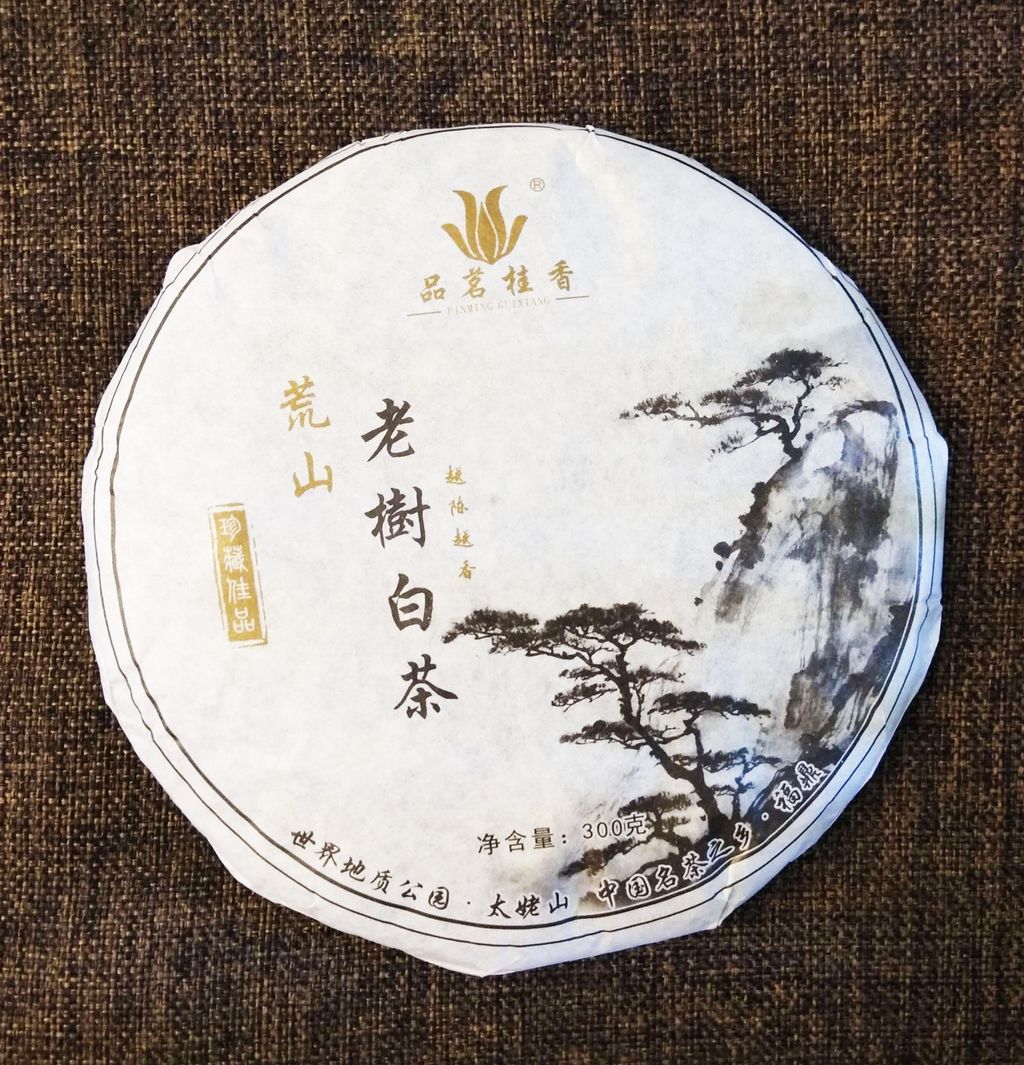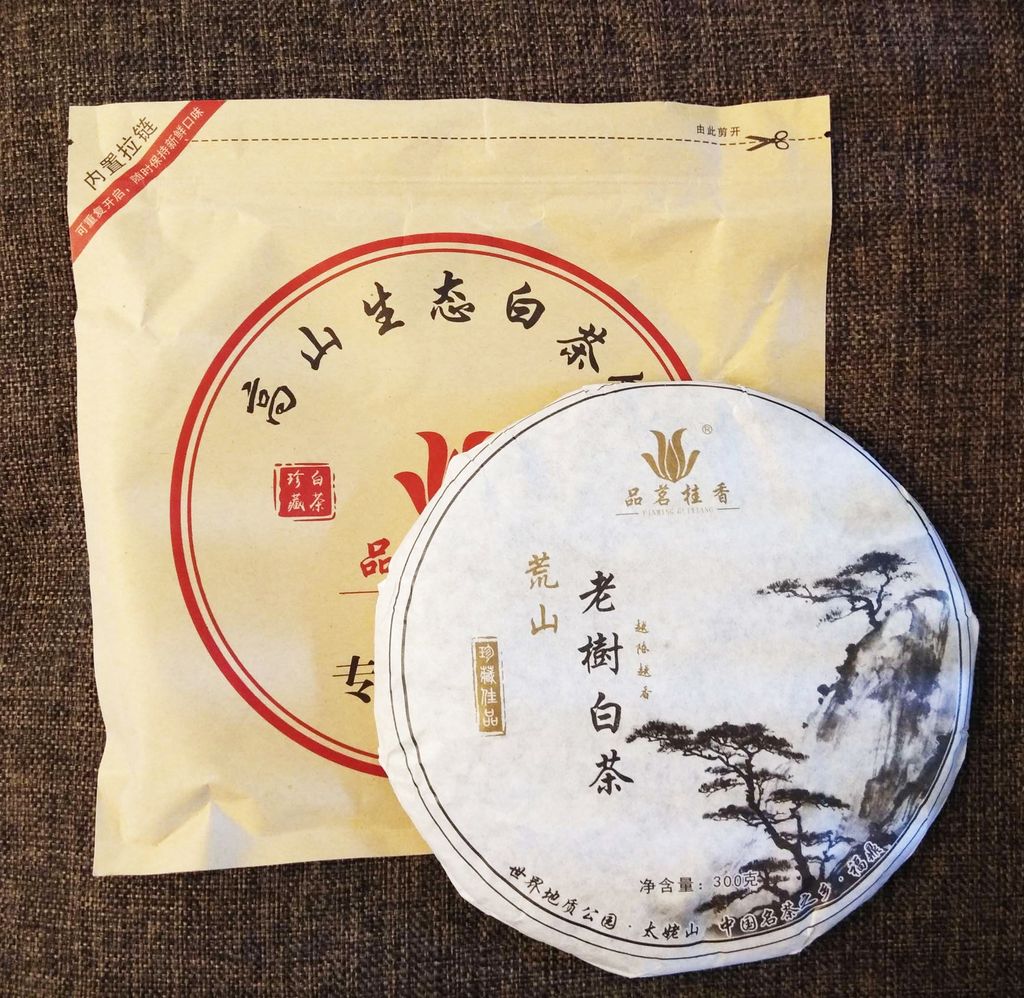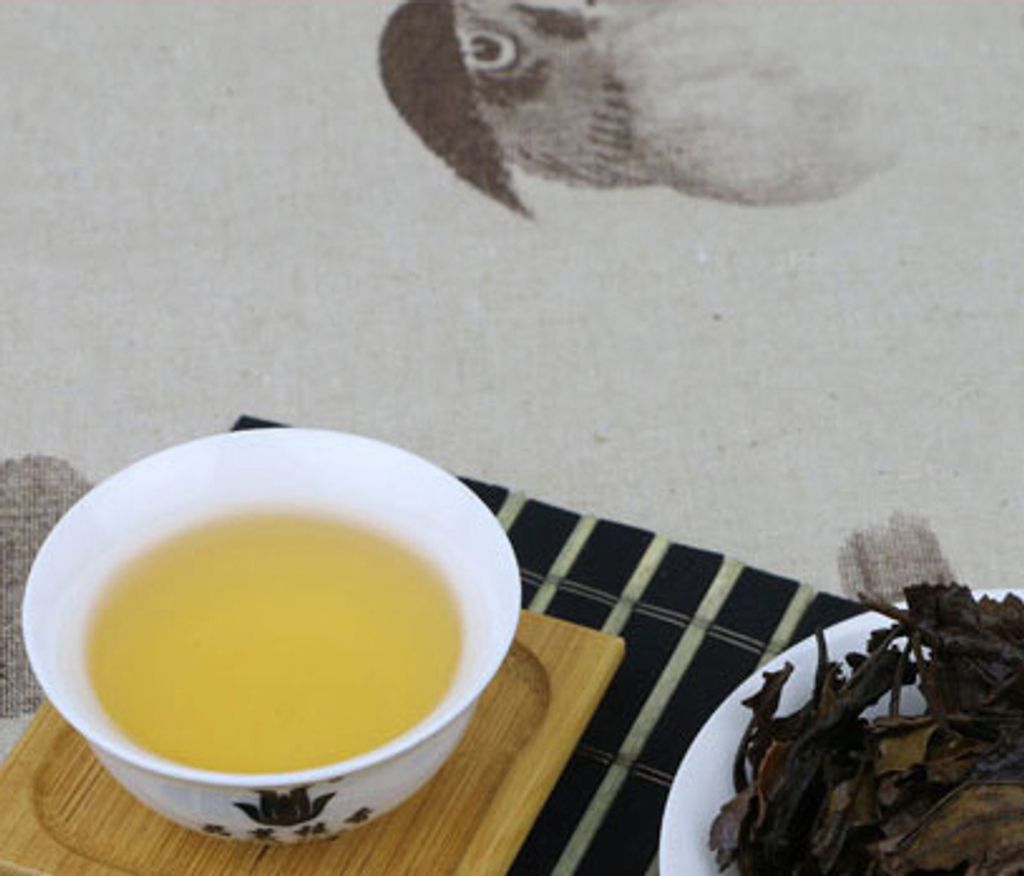White Tea - Shou Mei
Name: White Tea - Shou Mei 350g (In a compressed round form)
Origin: Fujian
Net Weight - 350g
lifespan : the more longer period the taste better but maximum is 15 years. After 15 years the quality of taste is decreasing. There is a study and research on this.
Storage - keep dry, do not store near strong odors. The leaves can absorb strong odors that waft through the air nearby , avoid direct sunlight.
Types Of White Tea
Sometimes, knowing about the types and varieties of tea help you find the perfect tea for you. Read on to know about main types of white tea along with other available teas across the world.
- Bai Hao Yinzhen (Silver Needle)
- Bai Mu Dan (White Peony)
- Shou Mei (Noble, Long Life Eyebrow)
- Gong Mei (Tribute Eyebrow)
- White Puerh Tea
1. Bai Hao Yinzhen (Silver Needle)
This royal variety is the most cherished one in China and the world. Grown in the Fujian Province of China, the silver needle leaves are approx. 30 mm in length and the buds are covered with visible silvery hairs. This is why it occupies the top position in the hierarchy of white teas, making it the most expensive variety.
The best white tea leaves are plucked in spring, especially from the middle of March to the middle of April when it is not pouring.
The top characteristic of the best brewed silver needle white tea is the pale yellow hue that comes with the best temperature of water (75 degrees Celsius). You can invariably see the white hairs dangling off the leaves under the light.
Silver needle white tea carries a light, delicate, fresh, and sweet taste. Make sure you add two to three teaspoons of tea leaves and steep this tea for a longer time (five to eight minutes) to extract the best out of it.
2. Bai Mu Dan (White Peony)
This variety is slightly different from the one described above. It includes new leaves as well as the center needle sprout of the plant. While it is widely accepted as the cheaper counterpart of silver needle white tea, you may be surprised to know that this white peony tea is actually preferred by white tea lovers because of its full flavor and lower cost.
The plucking process of this tea is similar to that of silver needle, focusing on the spring season without rains. The best white peony is derived from the proportion of ‘two-leaves-to-a-bud’ and is withered to make green leaves, which eventually make the tea.
While brewing this tea, you will be able to identify a distinct aroma that will make you feel all good and light-hearted. The tea is known for its pale green/ golden color and fruity taste that is devoid of grassy flavors.
3. Shou Mei (Noble, Long Life Eyebrow)
The last category of Chinese white tea is the Shou Mei, which comes from naturally withered upper leaves and tips of white trees. This tea, similar to the silver needle, is grown in the Fujian Province in China and is known worldwide for its greenish color and full flavor. The inferior qualities generally give a dark golden hue to the brew and must be avoided.
4. Gong Mei (Tribute Eyebrow)
This variety is generally taken to be the third preference amongst tea lovers. Gong Mei is more processed than the other two variants mentioned above. It comes from Xiao Bai (small white) trees consisting of young leaves that are slightly bent (hence the name ‘Eyebrows’) and no buds.
This variety has a dark golden color and full flavor and is often served with dim sums.
5. White Puerh Tea
This variety is grown in the mountain peaks of Yunnan Province in China and is plucked in spring. Every step of harvesting this variety is done by hand. It is known for its rich and sweet taste and imparts an amazing aroma.
Other Types of White Teas
As we discussed earlier, there are different other types of white tea that are grown all across the globe. Let’s take a look.
1. Ceylon White
As the name suggests, this tea is grown in the SriLankan region and is considered to be one of the top varieties, making it super expensive. It is grown and harvested by hand, and thus can be called an artisan’s work. The leaves are sun-dried and then rolled gently with hands.
Ceylon white or silver tips tea is known for its delicate and light flavor with light coppery hues.
2. Darjeeling White
Just like Ceylon white tea, Darjeeling white tea is also an artisan’s work and is grown in a rainy climate. The leaves are super fluffy and light and impart fragrance like honey.
A cup of Darjeeling white tea has a delicate flavor and scent, is pale golden in color, and is really yummy to our taste buds.
3. Assam White
A rare variety that is grown the region of Assam and carries very light leaves. The brewed Assam white tea gives out a naturally sweet and malty taste.
4. African White
This variety is grown the Kenyan and Malawi regions of Africa and has a rich and distinct flavor that appeals to many. The caffeine content in this type is higher than that in other varieties.
Properties Of White Tea
- Antioxidants – The level of antioxidants in white tea is similar to that of green and black tea.
- Epigallocatechin Gallate And Other Catechins – White tea contains a variety of active catechins including EGCG, which is very useful in fighting chronic diseases like cancer.
- Tannins – While the levels of tannins are lower in white tea as compared to the other varieties, it is still useful in warding off a lot of conditions.
- Theaflavins (TFs) – These polyphenols directly contribute to the bitterness and astringency of the tea. The quantity of TFs found in white tea is the lowest when compared to black and green teas. This gives the tea a sweet flavor.
- Thearubigins (TRs) – The mildly acidic thearubigins are mainly responsible for the colour of black tea. They are in less quantity in white tea when compared to black and green teas.
But what is so great about white tea? Keep reading!
White Tea Benefits
1. Helps In Weight Loss
2. Aids In The Treatment Of Acne
3. Can Be Beneficial In Pregnancy
4. Helps In The Treatment Of Cancer
5. Improves Hair And Skin Health
6. Can Help In The Treatment Of Diabetes
7. Enhances Energy And Alertness
8. Helps Reduce Inflammation
9. Can Be Beneficial To The Kidneys
10. Improves Liver Health
11. Is Good For The Heart
12. Is Good For The Teeth
13. Improves Reproductive Health
14. For Hypothyroidism
15. Can Improve Memory
16. Anti-aging
17. Helps In Digestion
Preparing white tea
Always start by asking your tea vendor for brewing instructions specific to the tea you purchased, because different white teas can have different ideal brewing temperatures and steeping times. But here are some general white tea brewing tips to keep in mind:
- Some white teas can be brewed a bit longer and in slightly hotter temperatures than green teas. Generally, this is somewhere around 190 degrees for 3 to 5 minutes. But others are more delicate and should be treated like a green tea, steeping for 2 to 3 minutes in water temperatures of 160 to 180 degrees.
- White tea is a little more forgiving than green or black tea when it comes to steeping time. But you still don’t want to oversteep your tea or it may release some bitterness and astringency. Taste your tea after the recommended steeping time and then decide if you’d like it to steep a little longer.
- If you don’t have an electric kettle with temperature control, just remember that at sea level water simmers at 190 degrees and boils at 212 degrees. The boiling temperature drops about a degree for every 100 feet in altitude increase. So, generally, somewhere just under a simmer should be perfect for brewing your white tea.
- If your white tea came with specific recommendations for brewing, use those. But using about 2 grams of loose leaf tea per 8 oz. cup of water is a safe bet.
- Always start with fresh, pure, cold filtered water when you brewing tea. Spring water is the best.
- Cover your tea while it steeps to keep all the heat in the steeping vessel.
- Most high-quality loose leaf white teas can be steeped multiple times.
- White teas are so delicate and subtle that they are best enjoyed plain, with no additive like milk or sugar, in order to appreciate the tea’s true flavor.





